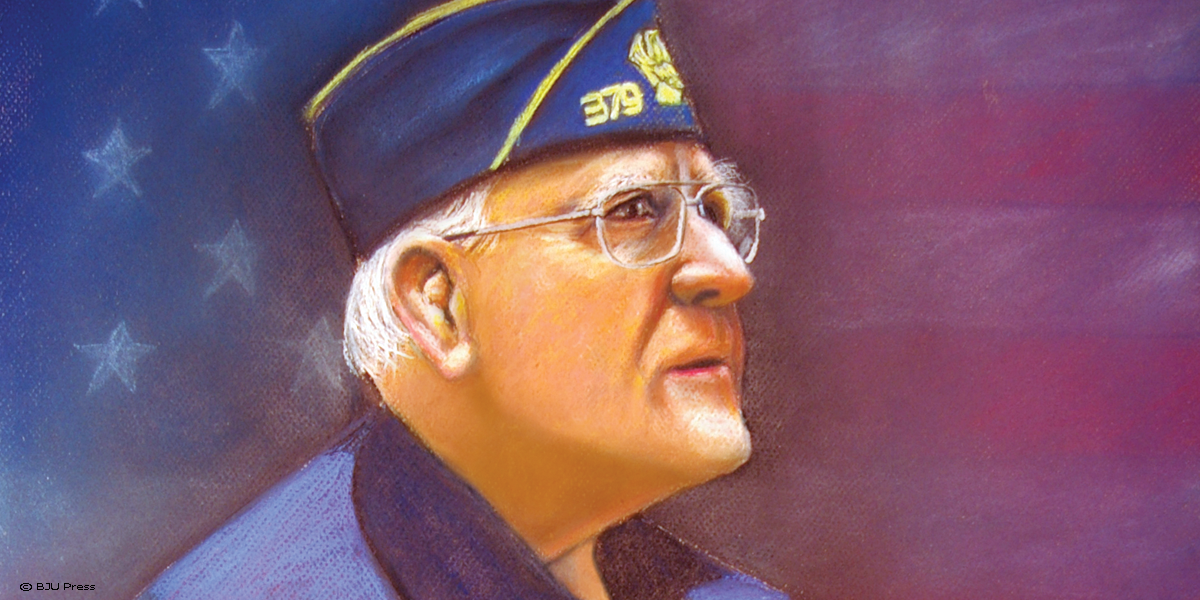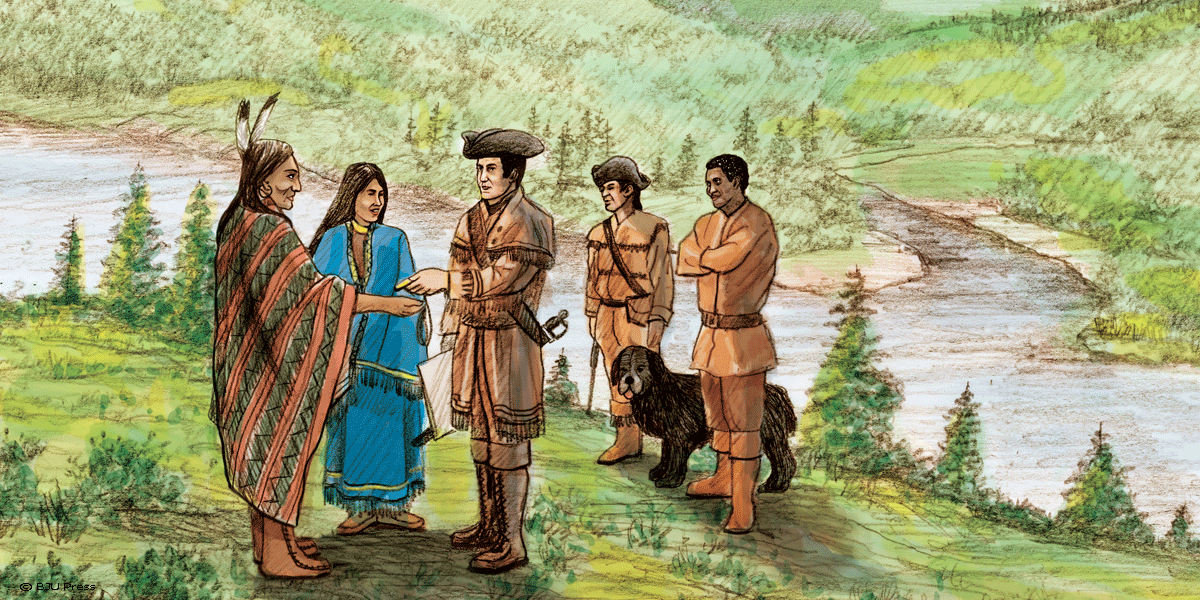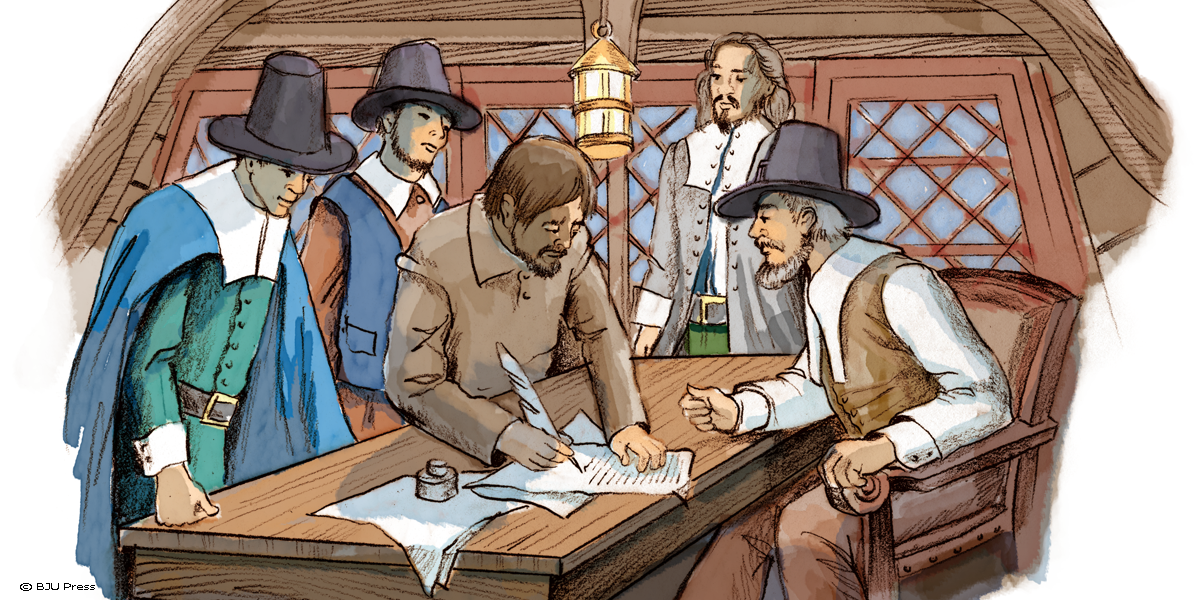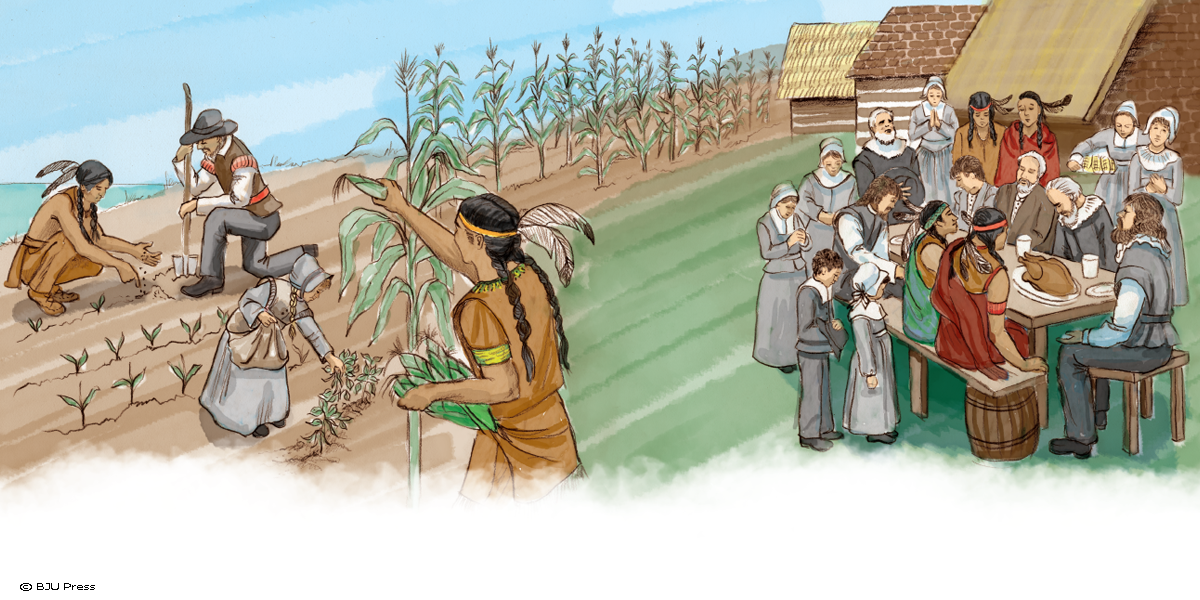Even though I’m not overly fond of summer, July has always been one of my favorite months—my birthday being in July probably has something to do with it. Besides the obvious holiday in July, there are many other notable events to remember.
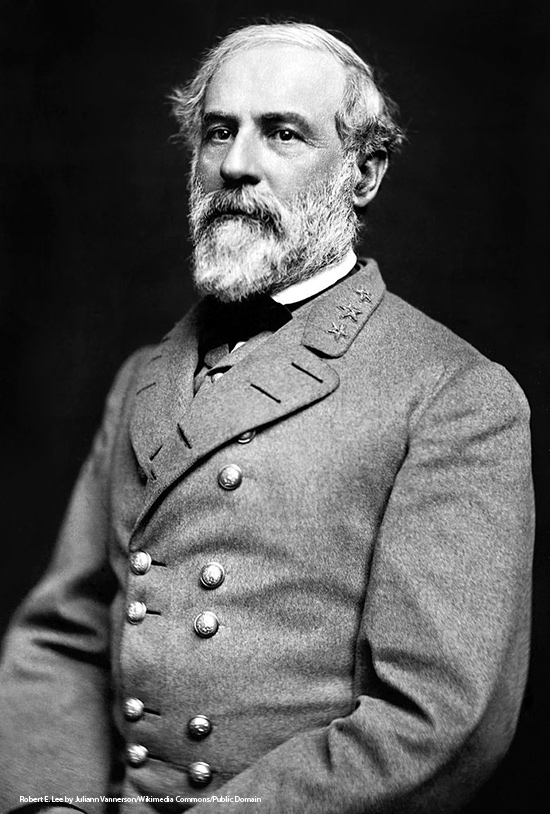
July 1, 1863, began the three-day battle of Gettysburg, a desperate attempt by General Robert E. Lee to relieve the strain on his own Confederate troops by invading the North. The battle became the turning point of the Civil War, in favor of the Union. I’ve always wanted to visit Gettysburg because being there and seeing it would help make history—which is not my strongest subject—come alive for me. Visiting the park could make a great field trip. Learn more about the events leading up to Gettysburg in American Republic.
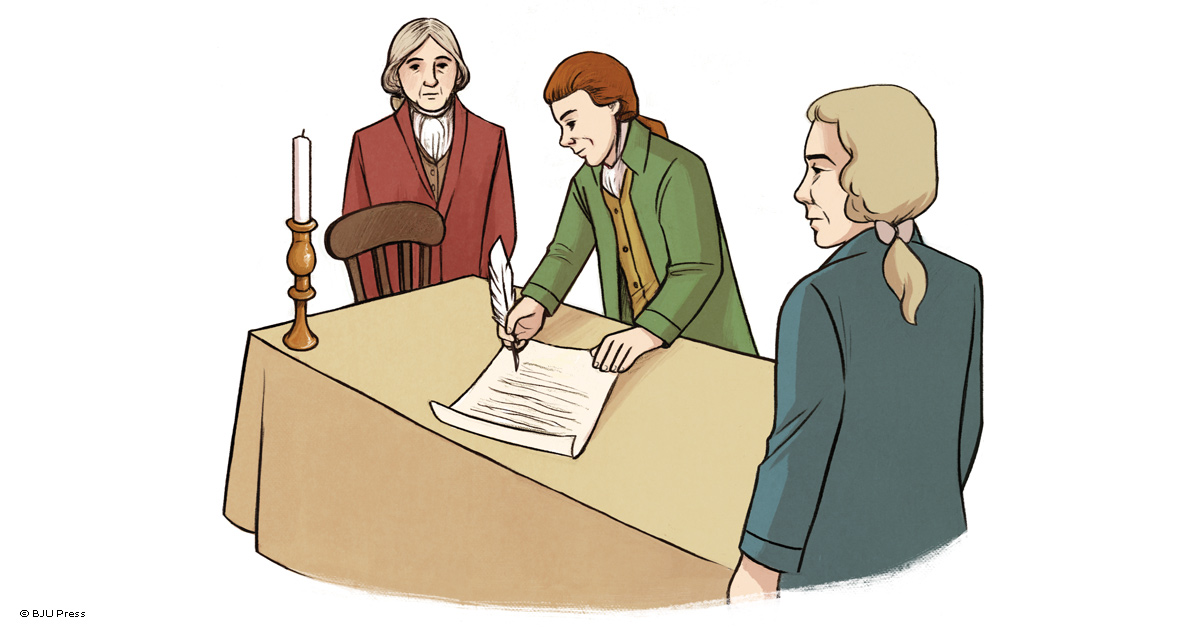
July 8, 1776, four days after the Continental Congress approved the Declaration of Independence, was the first public reading of the Declaration. The National Archives and Records Administration displays a complete transcript of the Declaration on its website. Reenacting that day from 240 years ago by reading the document to your children would be a great way to celebrate our nation’s independence. Or you could imagine with your children what it would have been like to live through those events.
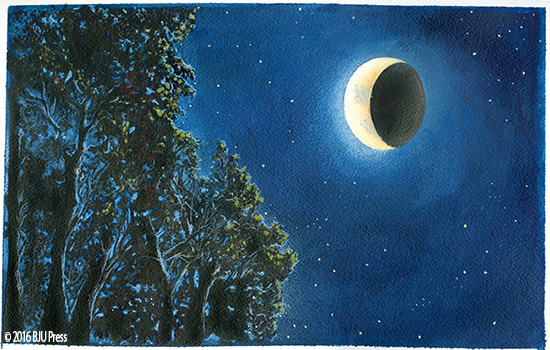
July 16 to July 20th, 1969, was the historic space journey of Apollo 11. There are many activities you can do with your children to celebrate Moon Day, but I’ve always wondered what it would be like to stand where Neil Armstrong stood and contemplate the vastness and the silence of God’s creation.
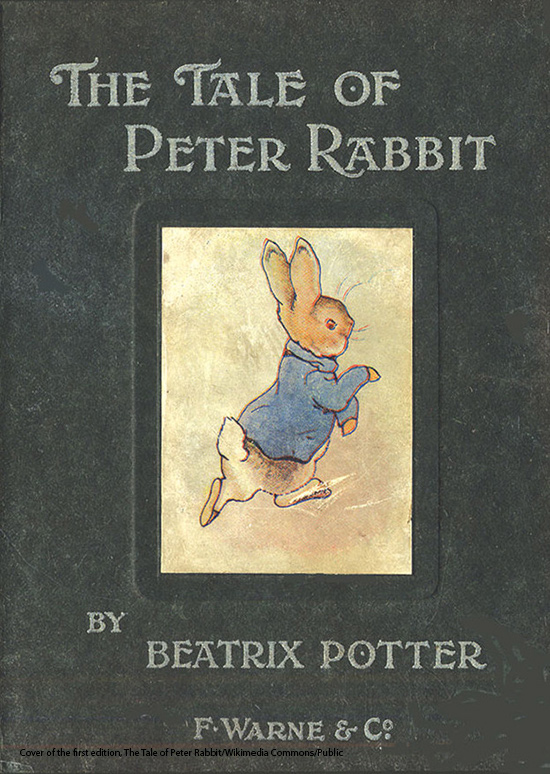
July 28, 1866, marks the birth of Beatrix Potter, English author and illustrator of The Tale of Peter Rabbit. Potter wrote and illustrated more than twenty children’s books. Interestingly, a previously lost Beatrix Potter book entitled The Tale of Kitty in Boots was discovered in 2013 and will be published this coming September.
Also on July 28, in 1858, William Herschel—a British magistrate in India—began using people’s fingerprints to authenticate documents. His use of fingerprints eventually opened the door for the use of fingerprints in solving crimes. For a fun hands-on experiment with fingerprints, try this activity!
On July 31, 1790, Samuel Hopkins was issued the first patent in the United States. Hopkins had developed a process for creating potash, an ingredient in fertilizer. Since Hopkins’s patent, more than 6 million patents have been issued—that probably includes several kitchen sinks!
What other event would you add to this list? Comment and let us know what else is going on in July!
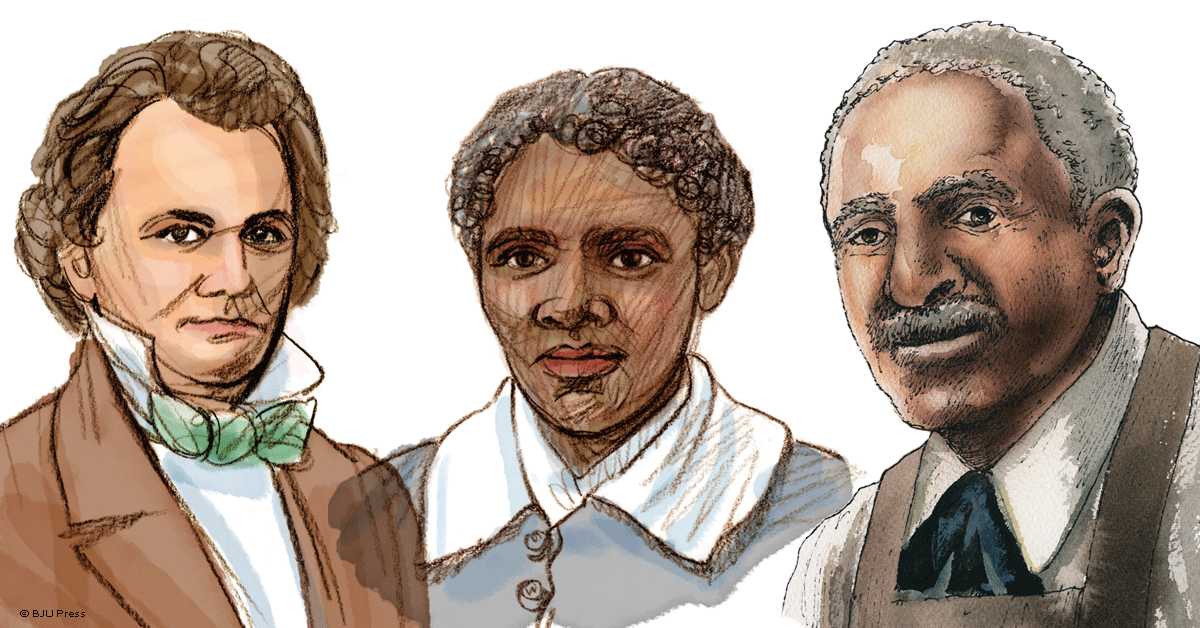
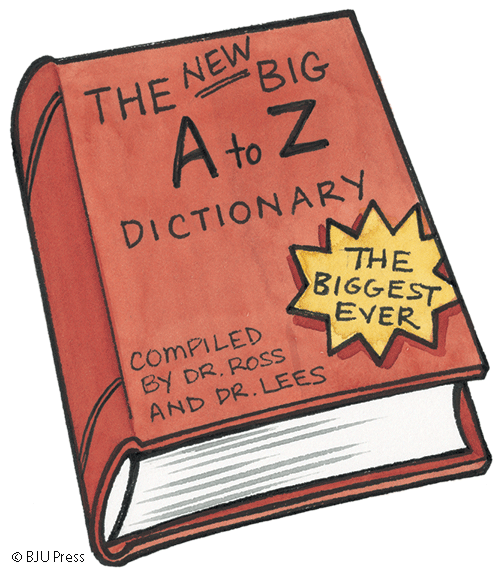

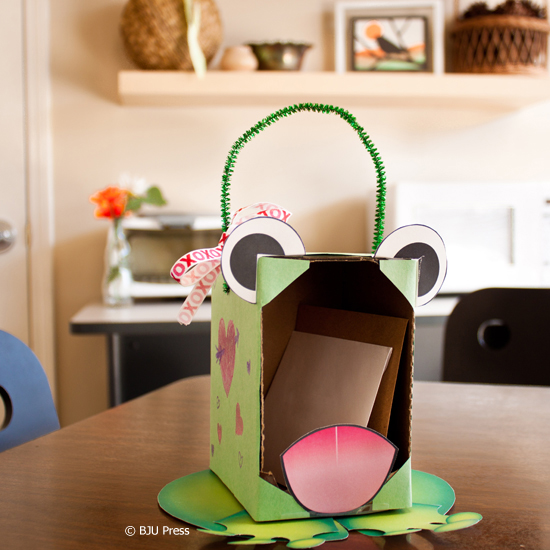
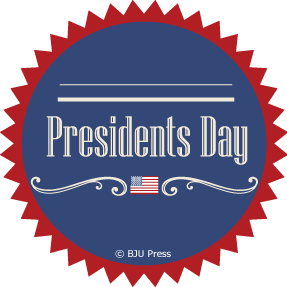 February 15
February 15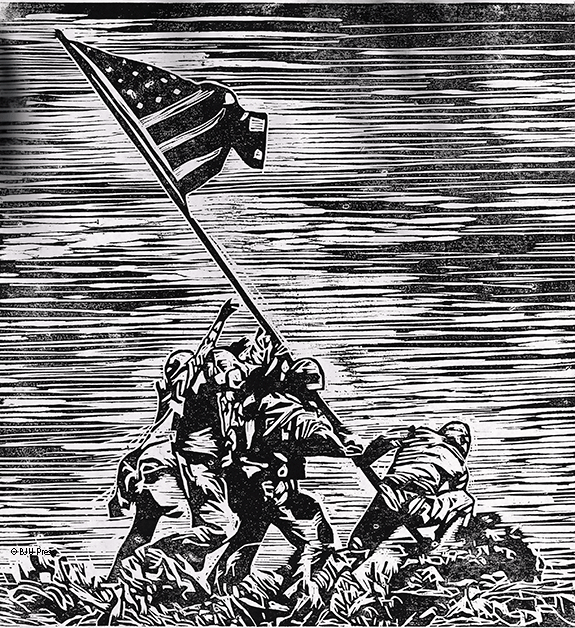
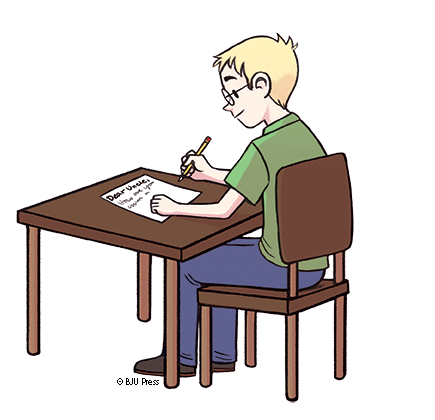
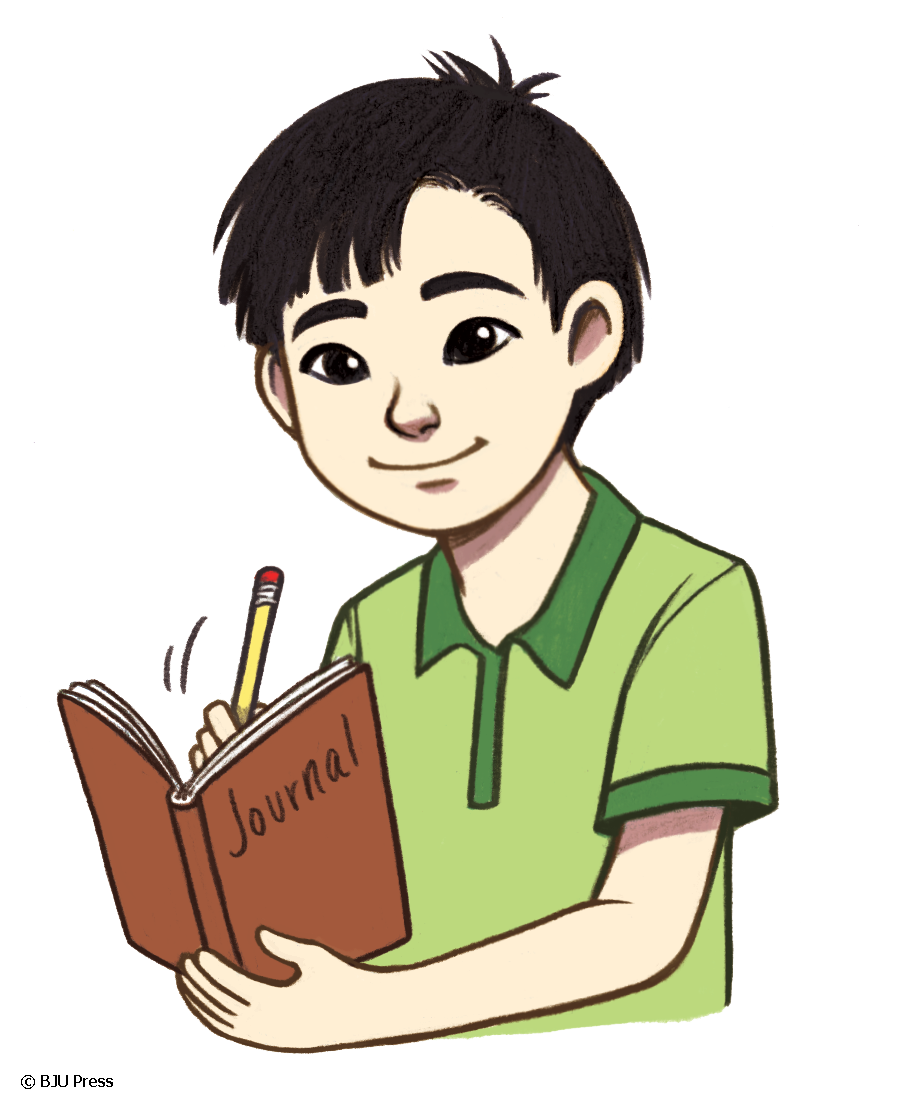 November has a heritage of blessings! There are many things to celebrate. It must be the start of the holiday season! I hope you and your family take time to reflect on God’s blessings this year (James 1:17). To start us off, here are two month-long observances worth mentioning.
November has a heritage of blessings! There are many things to celebrate. It must be the start of the holiday season! I hope you and your family take time to reflect on God’s blessings this year (James 1:17). To start us off, here are two month-long observances worth mentioning.

